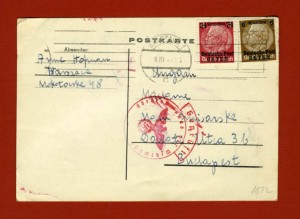CITY OF TOWERS
 There was a Q and A after my Landmark West! lecture on New York’s Upper West Side. One person wanted to know what I thought about the exceptionally tall residential towers that are radically changing Midtown’s skyline. One57, Christian de Portzamparc’s skinny 75-story condominium, under construction on West 57th Street is an example. I’ve written about this new trend. The current phenomenon is a function of globalization and real estate, and has little to do with architecture. But, then, that was always the case with Manhattan. As late as the 1940s, the high-rise real estate development projects of numerous entrepreneurs produced a memorable skyline: animated,
There was a Q and A after my Landmark West! lecture on New York’s Upper West Side. One person wanted to know what I thought about the exceptionally tall residential towers that are radically changing Midtown’s skyline. One57, Christian de Portzamparc’s skinny 75-story condominium, under construction on West 57th Street is an example. I’ve written about this new trend. The current phenomenon is a function of globalization and real estate, and has little to do with architecture. But, then, that was always the case with Manhattan. As late as the 1940s, the high-rise real estate development projects of numerous entrepreneurs produced a memorable skyline: animated,



